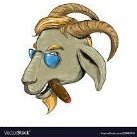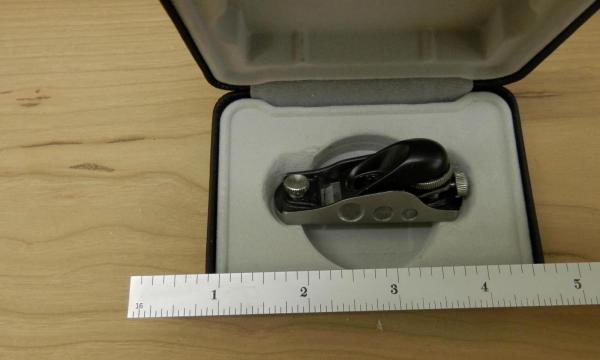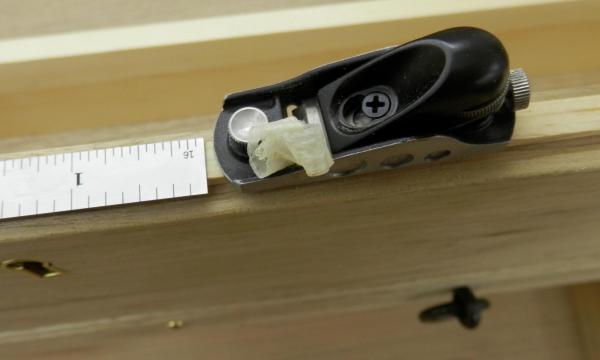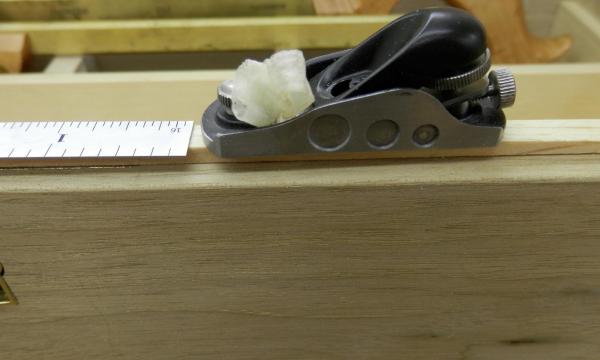-
Posts
38 -
Joined
-
Last visited
About NHDave
- Birthday 05/18/1946
Profile Information
-
Gender
Male
-
Location
Northern NH
-
Interests
Wood working, model making, canoe restoration/building
Contact Methods
-
Yahoo
abenakirgn@yahoo.com
Recent Profile Visitors
-
 NHDave reacted to a post in a topic:
Young America by EdT - FINISHED - extreme clipper 1853
NHDave reacted to a post in a topic:
Young America by EdT - FINISHED - extreme clipper 1853
-
 thibaultron reacted to a post in a topic:
Grand Banks Dory color
thibaultron reacted to a post in a topic:
Grand Banks Dory color
-
 glharnett1 reacted to a post in a topic:
USS Constitution by usedtosail - FINISHED - Model Shipways - scale 1/76
glharnett1 reacted to a post in a topic:
USS Constitution by usedtosail - FINISHED - Model Shipways - scale 1/76
-
 rek reacted to a post in a topic:
Stanley 103 Plane
rek reacted to a post in a topic:
Stanley 103 Plane
-
 Burroak reacted to a post in a topic:
USS Constitution by usedtosail - FINISHED - Model Shipways - scale 1/76
Burroak reacted to a post in a topic:
USS Constitution by usedtosail - FINISHED - Model Shipways - scale 1/76
-
It's used as chafing protection for sails that may come in contact with a section of rigging line. If it can be well done it is a nice addition, but I would omit unless it can be reproduced realistically in the scale you are working. I'm not sure how far back it's use goes, but it is still used today. Dave
-
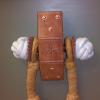
Grand Banks Dory color
NHDave replied to jbelwood's topic in Painting, finishing and weathering products and techniques
Many years ago when I was a commercial fisherman, the traditional New England trawlers all had one or two dories carried on the top of the wheelhouse. These were almost all painted a buff color. Can't say why buff, but these trawlers were a direct descendent to the schooners you refer to. Dave -

Can i live without a BYRNES TABLE SAW
NHDave replied to shihawk's topic in Modeling tools and Workshop Equipment
Like any hobby, you don't need to start with every hand tool. To flatten the board by hand, you could start with a #5 Stanley with a couple of additional blades. There were thousands of those planes made and can be picked up very reasonably. Dave -

Can i live without a BYRNES TABLE SAW
NHDave replied to shihawk's topic in Modeling tools and Workshop Equipment
A well fettled and well sharpened hand plane will true the surface of stock (especially the size being managed to produce model size timber) as well (actually better in many instances) than a jointer. One thing to avoid, for safety's sake, with a full size jointer, planer, or table saw is trying to mill small pieces. The other caution with power tools. One small slip or bobble can destroy a lot of valuable wood. I own several power routers but actually prefer hand tools for final work to avoid just that scenario. Dave -
I recall years ago reading about heating the plates in a cast iron skillet and that the plates would darken and color. You might try that with a few test plates. Dave
- 9 replies
-
- Charles Morgan
- copper plating
-
(and 1 more)
Tagged with:
-
Just thought I'd mention this little low angle block plane from Lee Valley. The shavings are about 1/2 a thou. Dave
-
 NHDave reacted to a post in a topic:
Young America by EdT - FINISHED - extreme clipper 1853
NHDave reacted to a post in a topic:
Young America by EdT - FINISHED - extreme clipper 1853
-
 NHDave reacted to a post in a topic:
Airbrush recommendation for newbie sprayer.
NHDave reacted to a post in a topic:
Airbrush recommendation for newbie sprayer.
-
dgbot, Check out the Norton water stones. They are very good quality and not as expensive as the Japanese ones. They make them in combination stones also. Just remember to flatten them often (like every use) as water stones are soft (hence why they cut so fast). You can use your sandpaper and glass/stone base for that. Dave
-
I am old fashioned too, and prefer books to Kindal etc. However, the content to be found here is so much more comprehensive. You can spend hours checking out the content here. Nothing more dissapointing than to wait a month or more for a magazine to arrive only to find one or two relevent arcticles. Just my opinion. Dave
-
 NHDave reacted to a post in a topic:
Modelling magazines (Moved by moderator)
NHDave reacted to a post in a topic:
Modelling magazines (Moved by moderator)
-
I can't help but compare the lines of Young America's stern to that of a modern ship. One gets the feeling that a fold in the plans was reached in the latter, and the stern was terminated right then and there with no further ceremony. Dave
- 3,596 replies
-
- young america
- clipper
-
(and 1 more)
Tagged with:
-
Opening a discussion on sharpening is akin to bringing up politics or religion. Having said that, I agree with Grimber. I like to use a 1000 grit diamond stone, an 8000 or 16000 grit water stone to finish, and a grinding wheel to reset the bevel when needed. Dave
-
Todd, Check out Ed's build log of the clipper Young America http://modelshipworld.com/index.php/topic/3453-young-america-by-edt-extreme-clipper-1853/. It's not a kit but a scratch build, but lots of good info on a vessel of the period you're interested in. Dave
-
 NHDave reacted to a post in a topic:
Scissors for getting early close cuts of rigging ties and knots
NHDave reacted to a post in a topic:
Scissors for getting early close cuts of rigging ties and knots
-
 NHDave reacted to a post in a topic:
Young America by EdT - FINISHED - extreme clipper 1853
NHDave reacted to a post in a topic:
Young America by EdT - FINISHED - extreme clipper 1853
-
Lee Nielsen makes a "model maker's" plane modeled after the Stanley 100. I use an original Stanley 100, but have several Lee Nielsen planes. I have never regretted spending the money on a quality tool. There are quite a few older (antique?) tools out there that can be brought back to first class condition if the new one breaks the bank. A tool functions in proportion to its price. Buy cheap and you will never be happy with the results. Just my opinion. Dave
About us
Modelshipworld - Advancing Ship Modeling through Research
SSL Secured
Your security is important for us so this Website is SSL-Secured
NRG Mailing Address
Nautical Research Guild
237 South Lincoln Street
Westmont IL, 60559-1917
Model Ship World ® and the MSW logo are Registered Trademarks, and belong to the Nautical Research Guild (United States Patent and Trademark Office: No. 6,929,264 & No. 6,929,274, registered Dec. 20, 2022)
Helpful Links
About the NRG
If you enjoy building ship models that are historically accurate as well as beautiful, then The Nautical Research Guild (NRG) is just right for you.
The Guild is a non-profit educational organization whose mission is to “Advance Ship Modeling Through Research”. We provide support to our members in their efforts to raise the quality of their model ships.
The Nautical Research Guild has published our world-renowned quarterly magazine, The Nautical Research Journal, since 1955. The pages of the Journal are full of articles by accomplished ship modelers who show you how they create those exquisite details on their models, and by maritime historians who show you the correct details to build. The Journal is available in both print and digital editions. Go to the NRG web site (www.thenrg.org) to download a complimentary digital copy of the Journal. The NRG also publishes plan sets, books and compilations of back issues of the Journal and the former Ships in Scale and Model Ship Builder magazines.


